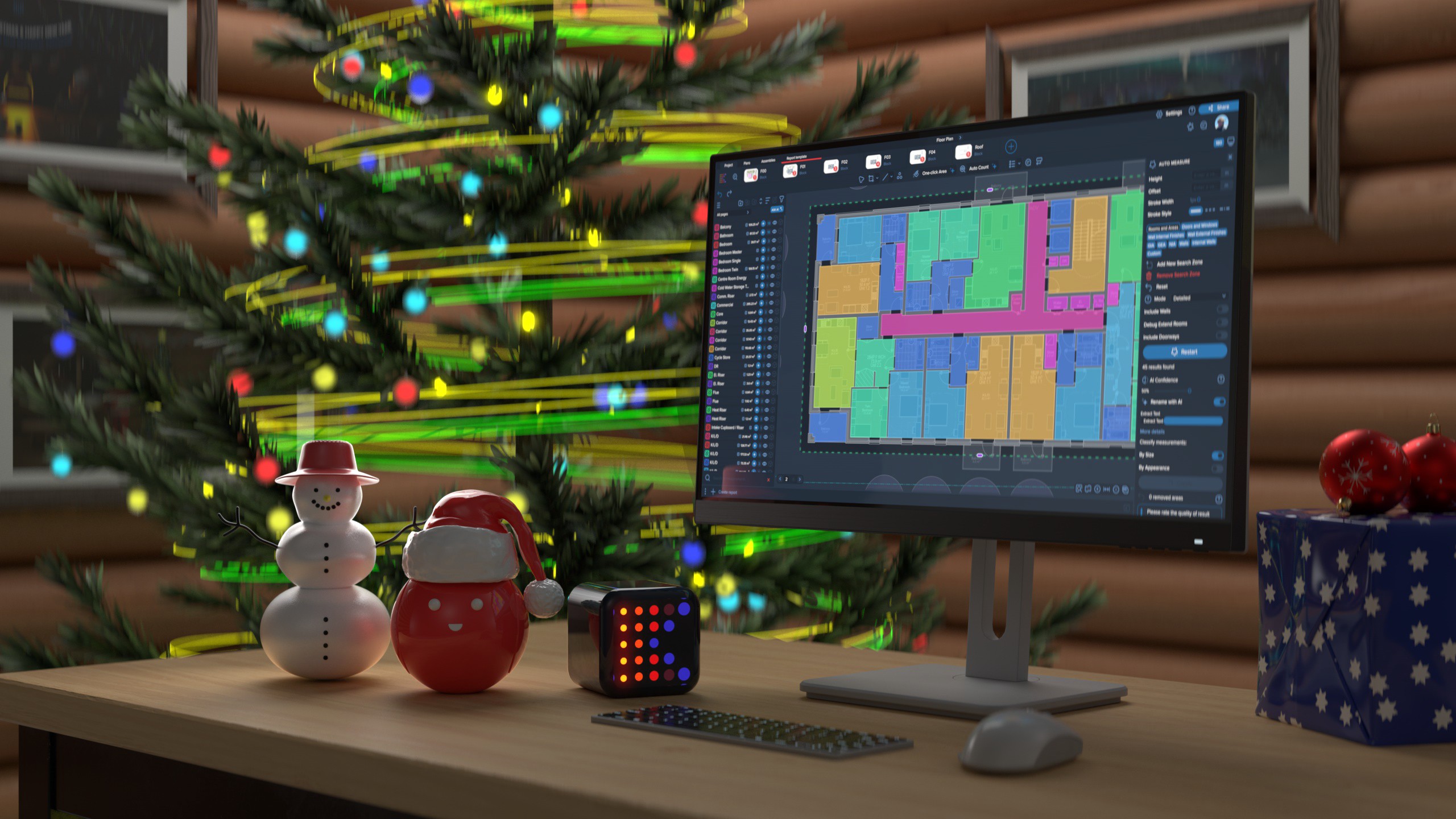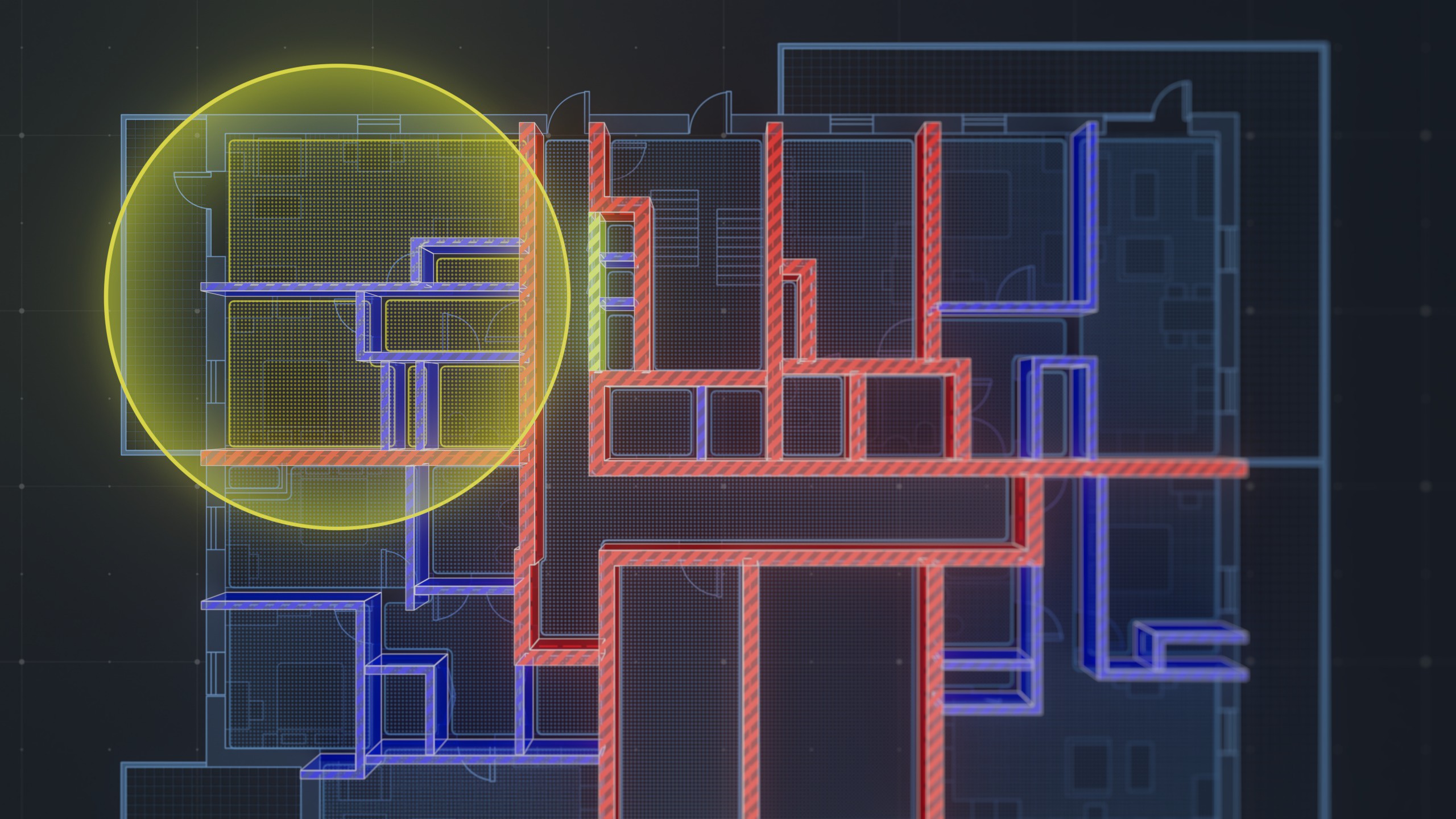Structural drawings, often referred to as "blueprints" or "plans," are detailed illustrations that depict the design and specifications of a building's structural components. These drawings provide a comprehensive layout of how the structure will be constructed, from its foundation to its roof.
Structural drawings play a pivotal role in the construction and design industry. They serve as the primary communication tool between architects, engineers, and builders, ensuring that a structure is built accurately and safely. Without these detailed plans, there would be no standardized way to convey complex structural information, leading to potential construction errors and safety hazards.
Historical Overview
The art of drafting structural plans dates back to ancient civilizations. From the pyramids of Egypt to the aqueducts of Rome, early engineers and builders relied on rudimentary sketches and plans. With the Renaissance came a renewed interest in architecture and engineering, leading to more detailed and scaled drawings. The industrial revolution and the advent of modern architecture further refined the process, with the introduction of standardized symbols and conventions. Today, with the aid of computer-aided design (CAD) software, structural drawings have reached unprecedented levels of precision and complexity.
Historical marvels like the Eiffel Tower, the Brooklyn Bridge, and the Taj Mahal all had their unique structural plans. These drawings not only served as a construction guide but also as a testament to the engineering prowess of their time.
Reading Structural Drawing
- Title Block and Drawing Details: Located typically at the bottom right corner of a drawing sheet, the title block contains vital information such as the project name, architect and engineer's name, drawing date, scale, and other pertinent details.
- General Notes and Specifications: This section provides additional instructions and guidelines that are not explicitly depicted in the drawings. It may include details about the construction methods, quality of materials, or any other special requirements.
- Symbols and Abbreviations: To avoid clutter and ensure clarity, structural drawings use a variety of standardized symbols and abbreviations. For instance, a circle with a letter inside might denote a specific type of bolt or fastener, while abbreviations like "RC" might stand for reinforced concrete.
- Scales and Dimensions: To ensure accurate construction, every element in a structural drawing is scaled. Dimensions provide the exact size and placement of each component, ensuring that builders and contractors can accurately interpret the design.
- Material Specifications: This component details the type and quality of materials to be used. Whether it's the grade of concrete, type of steel reinforcement, or the finish of a surface, these specifications ensure that the structure meets the desired strength and aesthetic standards.
Types of Structural Drawings
Foundation and Footing Plans: These drawings provide details about the base of the structure. They illustrate the depth, size, type, and location of foundations, whether they are strip footings, isolated footings, or mat foundations. The plans ensure that the building has a solid base, distributing the load of the structure evenly to the ground beneath.
Framing Plans (e.g., Floor Framing, Roof Framing): Framing plans depict the layout and design of the structural framework.
- Floor Framing: This shows the arrangement of joists, beams, and columns that support the floors. It may also indicate the materials used, such as timber or steel.
- Roof Framing: This illustrates the structural elements supporting the roof, including trusses, rafters, and purlins. The design ensures that the roof can bear loads like snow, wind, and maintenance workers.
Column and Beam Layouts: These drawings detail the placement, size, and materials of columns and beams. Columns are vertical structural members transferring loads from the floors above to the ones below or to the foundation. Beams, on the other hand, are horizontal members that primarily carry the load of the floor or roof slabs.
Reinforcement Details (for Concrete Structures): Concrete, while strong in compression, is weak in tension. To overcome this, it's reinforced with steel bars. These drawings provide specifics about the diameter, type, spacing, and bending details of the reinforcement bars within concrete elements like slabs, beams, and columns.
Steel Connection Details: For structures using steel frames, the points where beams, columns, and other members meet are crucial. These drawings show how steel members are connected, whether by bolting, welding, or a combination of both. They ensure stability and load transfer between members.
Cross-sectional Views and Details: A cross-section represents a vertical plane cut through the object, in the same way as a floor plan is a horizontal section viewed from the top. These drawings provide a "slice" view, showing the construction details, materials used, and the relationship between different components of the structure.
Elevations and Vertical Sections: Elevations are drawings that show the front, rear, and sides of a building. They provide details about the exterior finishes, heights, and other architectural features. Vertical sections, similar to cross-sections, show a cutaway view but specifically focus on vertical elements like walls or facades, detailing their construction from foundation to roof.
The Process of Creating Structural Drawings
Initial Site Analysis and Data Collection:
Before any design work begins, it's crucial to understand the site where the structure will be built. This phase involves:
- Site Visits: To get a firsthand understanding of the terrain, accessibility, neighboring structures, and potential challenges.
- Soil Testing: To determine the bearing capacity of the soil, which influences foundation design.
- Data Collection: Gathering information on local building codes, environmental factors, potential hazards (like earthquakes or floods), and any other site-specific data.
Preliminary Sketches and Conceptual Designs:
Once the site data is collected, structural engineers begin with rough sketches and conceptual designs. This phase involves:
- Brainstorming: Considering multiple structural systems and materials that could be suitable.
- Initial Calculations: Estimating loads and forces the structure will be subjected to.
- Sketches: Drawing rough layouts of the foundation, floors, and other structural elements.
Coordination with Architectural and MEP (Mechanical, Electrical, Plumbing) Drawings:
A building is an integration of several disciplines. Thus, it's essential that the structural design aligns with architectural plans and MEP layouts. This phase involves:
- Collaborative Meetings: Regular discussions with architects and MEP engineers to ensure that the structural elements don't conflict with architectural features or building services.
- Integration: Adjusting structural designs to accommodate ducts, pipes, electrical conduits, and other MEP components, while also ensuring that the architectural vision is realized without compromising structural integrity.
Finalizing and Detailing:
With the preliminary designs in place and coordination done, the next step is to finalize the structural drawings. This involves:
- Detailed Calculations: Using software or manual calculations to determine the exact sizes, materials, and specifications for each structural element.
- Drafting: Using CAD software or manual drafting techniques to produce detailed, scaled drawings that can be used for construction. This includes all the specifics, from reinforcement details in concrete to bolt sizes in steel connections.
Review and Revisions:
No design process is complete without a thorough review. This phase ensures that the drawings are accurate, compliant with codes, and optimized for construction. It involves:
- Peer Review: Other structural engineers or specialists review the drawings to identify potential oversights or areas of improvement.
- Code Compliance Check: Ensuring that the design adheres to local building codes and international standards.
- Revisions: Based on feedback, necessary changes are made to the drawings. This might involve adjusting sizes, changing materials, or modifying construction details.
The Role of Structural Engineers
- Collaboration with Other Professionals: Structural engineers bridge the gap between architects' visions and practical construction. They work closely with architects for design integration and with contractors to ensure accurate construction. Coordination with other engineers, like those in MEP roles, is crucial to maintain structural integrity while integrating various building systems.
- Safety, Stability, and Compliance: The core duty of a structural engineer is ensuring a building's safety and stability. This involves analyzing various loads the structure will face, selecting appropriate materials, and ensuring designs adhere to local building codes and international standards.
- Continuous Learning and Industry Updates: Staying updated is vital. Structural engineers must regularly engage in professional development, master evolving digital tools, and stay informed about the latest research and innovations in the field.
Conclusion
Structural drawings remain pivotal in shaping our built environment. Their intricate details underscore the depth and precision of structural design, inviting readers to recognize and value this craftsmanship.




.png)